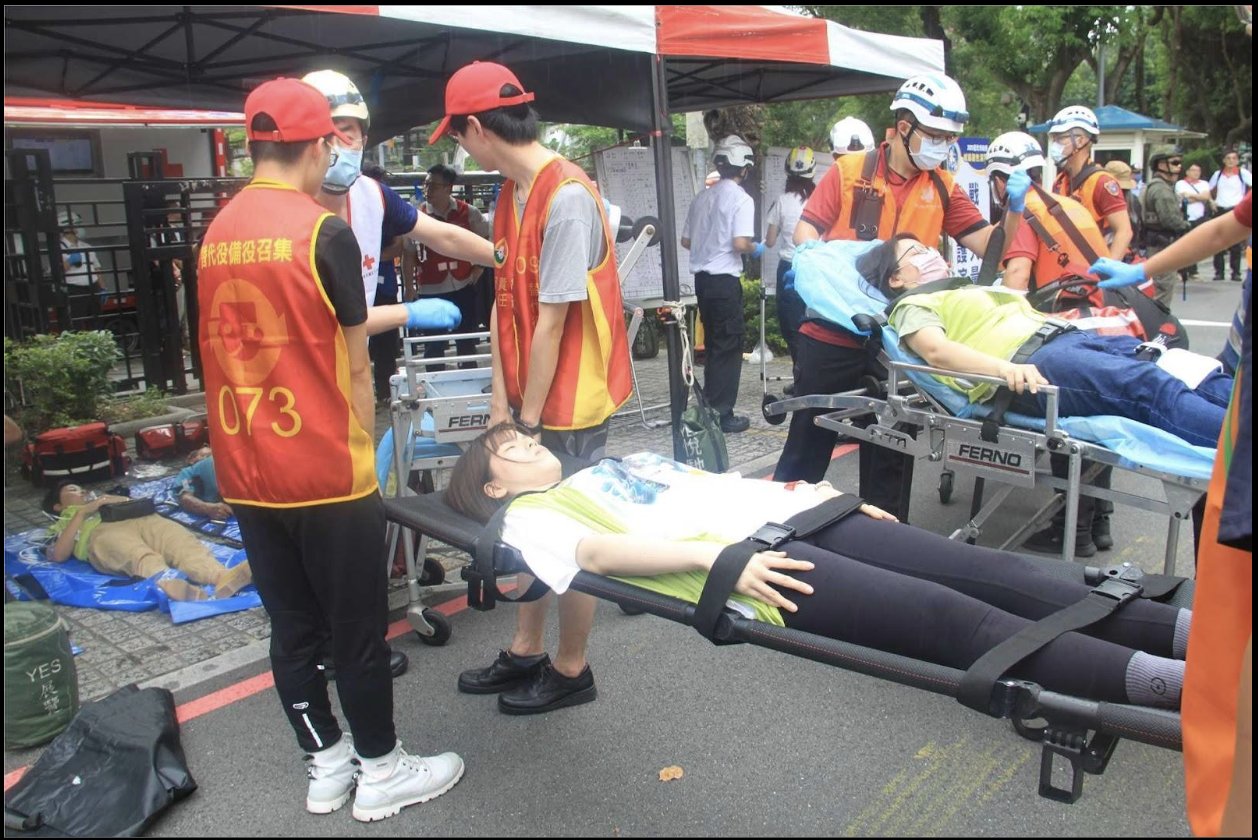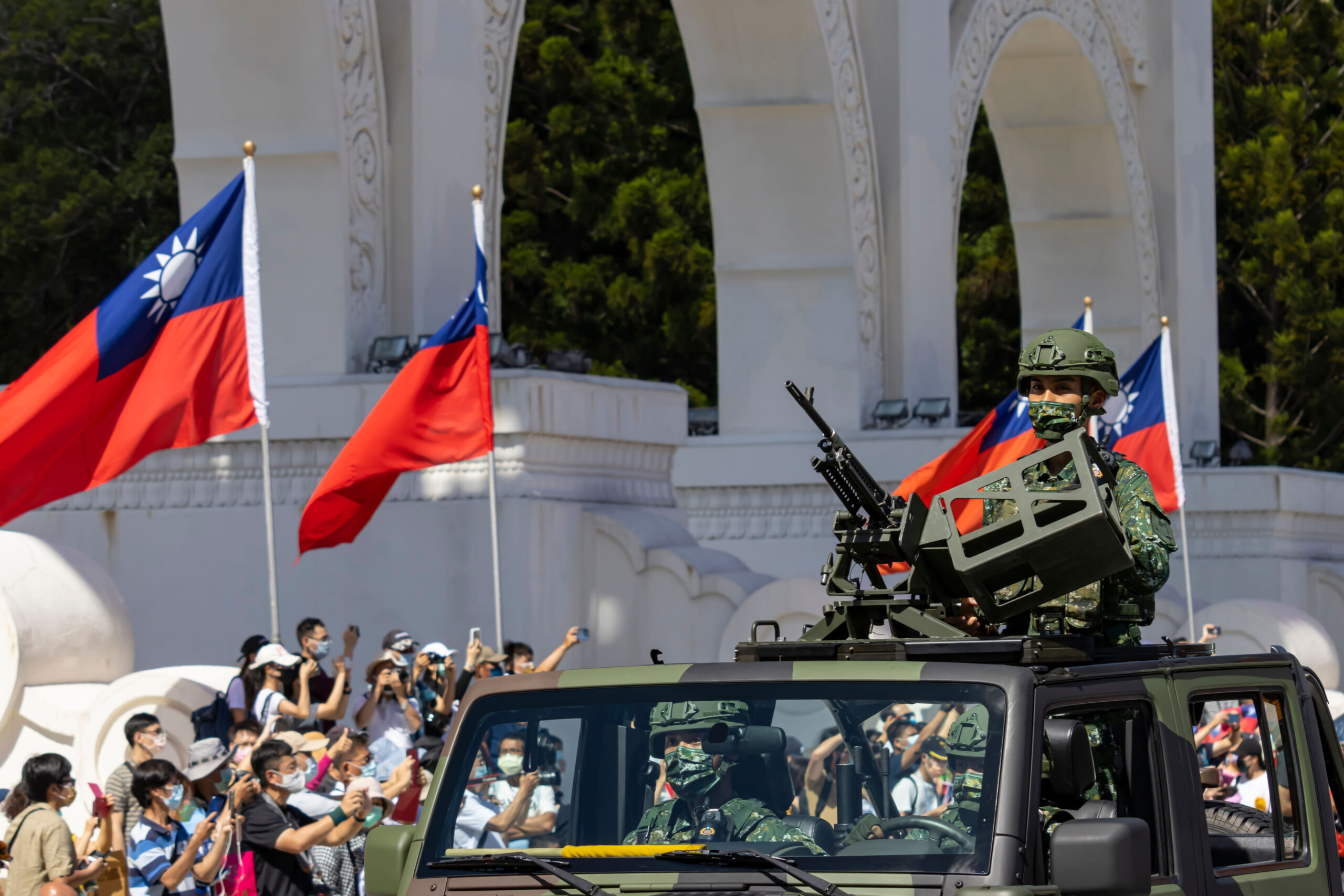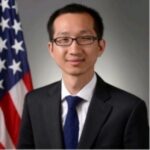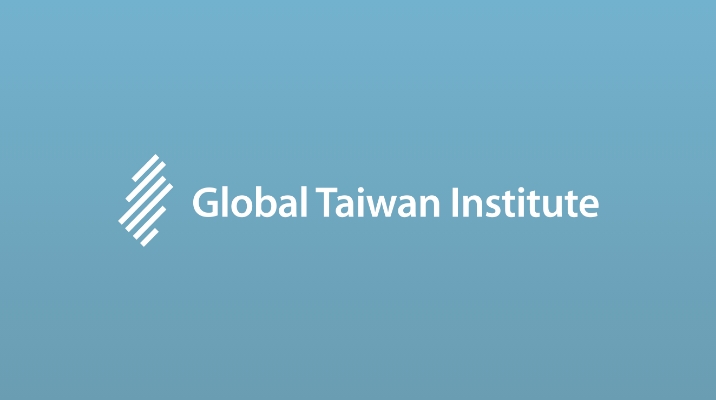Over the last half-decade, militaries around the world have executed a shift towards incorporating mass precision strike, with weapons such as loitering munitions and glide bombs becoming globally ubiquitous. These weapons are relatively low-cost, easy to mass-produce, and are reasonably accurate, able to partly replicate the expensive “precision strike complex” employed by Western militaries. Countries like Azerbaijan, Sudan, Iran, Ukraine, Russia, Myanmar have already employed such weapons as a substitute for higher-end capability. At the same time, technologically-sophisticated militaries are also experimenting with these capabilities to further enhance their exquisite weaponry and reduce costs.
As a consequence of this trend, many characteristics of early-mid 20th century “industrial warfare” are making a return. A particularly dark aspect is the targeting of civilians. The Russia-Ukraine War and the Iran-Israel conflict have demonstrated that national survival hinges not just on military might, but on the resilience of its civilian population and effective civil defense. Ukraine has suffered years of missile and unmanned aerial vehicle (UAV) attacks; far from running low on munitions, the Russians have escalated UAV strikes on civilian infrastructure to break morale. For Taiwan, robust civil defense is no longer supplemental, but a fundamental pillar of national survival and deterrence.
A resilient society denies an aggressor the ability to win through shock and paralysis. Civil defense thus represents a strategic component of Taiwan’s overall deterrence, complicating Beijing’s invasion calculus by exponentially increasing the perceived cost and duration of the conflict. This article explores Taiwan’s “Whole-of-Society” defense efforts to date, highlights areas for improvement, and draws actionable lessons from the Swedish civil defense model for Taiwan to enhance its resilience.
Taiwan’s Whole-of-Society Defense
During the previous Tsai Ing-wen (蔡英文) Administration, societal engagement in defense was first conceptualized under Chief of General Staff Lee Hsi-min’s (李喜明) Overall Defense Concept (ODC, 整體防禦概念). The ODC envisioned leveraging civilian resources to augment military operations. The core focus of the ODC, however, was defeating the enemy in the littorals or at the beach via asymmetric means. Civilian participation in a territorial defense force was seen as a last-ditch measure. In any case, the ODC was never fully accepted by the rest of the Ministry of National Defense (MND, 國防部), so even the relatively limited addition of civilian support to the military never came to fruition. The Tsai Administration also stood up the All-Out Defense Mobilization Agency (ADMA, 全民防衛動員署) under the MND in late 2021, but the ADMA’s main mission is to improve the organization of Taiwan military reservists—with civil defense as a secondary priority. To the extent that ADMA touched upon civil defense, its most high-profile act was the publication of a civil defense handbook following the full outbreak of the Russia-Ukraine War.
The combination of the protracted Ukraine war, a new presidential administration in Taiwan, and greater US involvement in Taiwanese military training has led to a sea-change in Taiwan’s defense planning. It is increasingly clear that Taiwan needs to plan for the possibility of a widespread, extended conflict. The current Lai Ching-te (賴清德) Administration has significantly elevated the importance of civil resilience, with President Lai personally assuming leadership of the Whole-of-Society Defense Resilience Committee (全社會防衛韌性委員會). The initiative is backed by substantial financial support, with NTD 150 billion (USD 5 billion) specifically earmarked for national resilience and territorial defense. The committee focuses on five key areas: civilian force training, strategic material preparation, energy and critical infrastructure, social welfare and medical readiness, and cybersecurity. In July of this year, the administration rolled out a “National Unity Month” to embed the resiliency concept into the public consciousness.
Finally, the most public demonstration of how Taiwan has reconsidered its defense can be seen in its latest annual national military exercise, Han Kuang (漢光演習). Previously, Han Kuang was a scripted performance to reassure civilians that Taiwan’s military could quickly stop an invasion. Civilians were invited to observe demonstrations such as tanks neatly arranged on the beach, firing at an enemy force. This year’s exercise revealed a profound change in strategy, involving unscripted simulations of urban warfare—such as troops armed with Javelins and Stingers utilizing the Taipei metro system for maneuver. The exercise also featured a larger call-up of reservists and integrated urban resilience drills. The changes suggest a more realistic understanding of the likely duration of an invasion and an acknowledgment that the fighting will probably spill over to urban terrain.
Civil Society’s Growing Role in National Defense
The Taiwanese government’s interest in civil defense has traditionally been attenuated by domestic political imperatives, such as a desire to avoid sparking public alarm. However, following the People’s Republic of China (PRC) suppression of the 2019 Hong Kong democracy movement and Russia’s full-scale invasion of Ukraine, Taiwanese citizens’ interest in civil defense shot up. Citizens began discussing “go-bags” and emergency first aid, while NGOs like Kuma Academy (黑熊學院) and Forward Alliance (壯闊台灣) started courses to teach skills such as friend-and-foe identification, first aid, and countering information warfare. However, the government generally avoided direct support for these NGOs, with the chronically-underfunded military wary of any effort that might drain badly-needed funds away from its priorities (mixed with an occasional sotto voce contempt of civilians “playing soldier”). This means that participation in the NGO courses is mostly derived from proactive individuals willing to sacrifice both time and their own money.

Image: A rescue drill treating injured people conducted at the 2025 Urban Resilience Exercise. (Image Source: Taiwan Ministry of Defense)
Under the Lai Administration, the government has finally begun its scale-up of civilian involvement in defense. Taiwan’s Ministry of Interior (MOI, 內政部) has long conducted two sets of civilian drills, the emergency air-raid drill Wan An (萬安) and disaster-response Min An (民安). This year, Wan An and Min An were combined into an “Urban Resilience Exercise” (城鎮韌性演習), and ran alongside the revamped Han Kuang. This will give additional impetus for the MND and civilian agencies such as the National Police Agency (NPA, 內政部警政署) to work in concert in the future.
Another notable part of this year’s drill was the inclusion of the private sector. PX Mart (全聯福利中心), Taiwan’s largest supermarket chain, played a role in emergency air-raid drills. Staff in three stores guided customers to shelters and performed first aid during a simulated missile attack and power outage. Deputy Interior Minister Maa Shyh-yuan (馬士元) expressed government interest in expanding business involvement in the resiliency drills, emphasizing the goal of strengthening self-protection capabilities among private business and the public.
These efforts represent the start of a partnership to better integrate defense into everyday civilian life. With these initiatives, Taiwan’s defense planners seek to leverage private resources to provide decentralized essential services and supply chain security during a contingency.
From Passive to Active Civilian Preparedness
In spite of this progress, Taiwan’s civil defense efforts remain in their infancy. The Taiwanese government is currently seeking to modify the civil defense drills from an exercise in observation into one of passive inclusion. For the most part, civilians are instructed to wait in shelters until the simulated strikes are over. In some instances during the exercises, this instruction was not provided, with shelters occasionally unavailable, aged, or in poor working order.
Even if these drills are executed to plan, the vast portion of the populace remain passive participants. Should a contingency expand beyond a few days of missile strikes, these civil defense measures would be wildly insufficient. The challenge lies in transitioning civilians from simply following instructions to becoming active contributors to the national defense effort. Civilians must possess well-practiced skills, high morale, and clearly defined roles beyond simply seeking shelter. This approach should be considered empowerment, not fear-mongering—and Taiwan can draw from several excellent global models of civil defense for its own needs. One notable model is Sweden.
Sweden’s Total Defense Strategy
Sweden has long sought comprehensive security from its neighbor, Russia. During the Cold War, Sweden was deterred from joining the North Atlantic Treaty Organization (NATO) out of a fear that membership could spark a Soviet invasion of Finland. Instead, Sweden relied on its “Total Defense Strategy,” a whole-of-society approach that combines military, government, private sector, and civil society efforts to fend off Soviet coercion and impose high costs on an invader. This legacy strategy was reintroduced as a response to Russia’s attacks on Ukraine starting in 2014.
The Total Defense Strategy’s key strategies include protecting civilians, preserving social order, distributing essential goods, and strengthening the public’s resolve to defend the country. A central element is the Total Defense Duty, which applies to all Swedish citizens and foreign nationals in Sweden between the ages of 16 and 70. This duty does not exclusively involve military service. Citizens, including females, are expected to participate in either military service, civilian service under military direction to maintain critical societal functions, or a general national service obligation. Refusing these duties can lead to fines or imprisonment, which establishes a clear social contract under which every citizen has a legally-defined role.
The Total Defense Strategy also demands participation from the private sector. Businesses with the “krigsviktiga företag” designation—“war-important companies” like telecommunications, energy, and railroads—are expected to work closely with the government to provide goods and services during a crisis. The Swedish model also aims to make households self-sufficient for a designated duration of time.
Finally, the foundation of this entire strategy is psychological defense that can uphold a wartime effort in the face of unrelenting Russian information warfare. Sweden maintains a dedicated Psychological Defense Agency that is responsible for countering foreign malign influence activities and implementing training, exercises, and information initiatives to ensure social cohesion.
Taiwan’s Path Forward
Taiwan’s top priority is to develop and practice the mobilization of a decentralized civil defense effort, beyond just drills to shelter from missile/UAV strikes. The MOI Civil Defense Office (民防指揮管制所) is obligated to field a civil defense force (民防團隊), but the scope, responsibilities, and training remains murky. Nor is it clear that the MOI and MND have practiced wartime mobilization and transition for such a force. At the same time the relationship of that force to existing civil defense NGOs is undefined. This must be changed, as government agencies need to practice not just working with each other but with private organizations as well.
One potential area of cooperation could be the creation of a pre-established digital platform for use by the civil defense force, NGOs, local community leaders, and neighborhood associations to identify, vet, and organize volunteers by skillset during a crisis. These volunteers could then better manage localized shelter management, basic first aid, and decentralized distribution of supplies in concert with existing military and government emergency response protocols. This draws upon both Taiwan’s COVID-era experience, as well as the expectations from Sweden’s Total Defense Duty. Looking at the example of the Russia-Ukraine War, such volunteers will also be critical for noncombatant evacuations should the enemy advance onto the island.
Second, deeper and formalized public-private partnerships are needed. Taiwan can move beyond cursory private sector participation by establishing institutionalized partnerships between government agencies and critical areas of the private sector. While Taiwan already has agreements with companies like PX Mart and Taipower (台電), a broader set of “war-important industries” would drastically enhance Taiwan’s supply chain resilience. The rumored use of convenience stores as wartime hubs would be a good example. Mandating regular, realistic joint exercises between the government, the military, and critical companies will provide a rigorous test of Taiwan’s supply chain resilience and infrastructure protection. Ukraine’s rapid and vast expansion of its domestic arms industry also indicates the value of such partnerships during a protracted war. The private sector’s participation could be sweetened with tax incentives or advantageous regulatory frameworks.
At the public level, Taiwanese society would benefit from wide-spread basic life-saving skills training, as well as courses in disinformation and propaganda identification. Such an effort would require the government to scale-up the activities of civil defense NGOs, such as via lessons and drills taught in schools, community workshops, and workplace safety programs. A Taiwanese version of Sweden’s Psychological Defense Agency is needed to cultivate a resilient population.
Securing Taiwan’s Future Through Societal Strength
A resilient Taiwan means a Taiwan that is capable of decisive action amid a crisis. Resilience is critical to deter two Chinese Communist Party delusions: first, the delusion that military force can overawe and panic the populace; second, the delusion that simply seizing a geographical location or killing political leadership will induce paralysis and capitulation.
By embracing a truly Whole-of-Society Defense that fosters active participation and self-reliance, Taiwan can demonstrate that its populace—not just its military—is willing and able to defend against coercion of any kind. The best civil defense is one that the adversary dares not openly test at all.
The main point: Taiwan has begun to emphasize “whole-of-society resilience” as a deterrent against aggression. To make this deterrent credible, Taiwan can adapt aspects of the Swedish Total Defense Strategy model to build on its own civil defense efforts.





